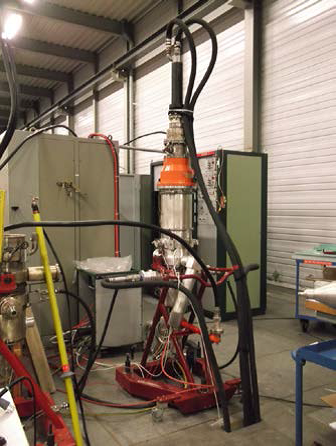
Fig 1. 400 MHz Tetrode Amplifier. Image credit: Eric Montesinos (CERN)
As part of the HL-LHC upgrade, a conceptual RF system layout for a local crab crossing scheme has been presented.
Four cavities, grouped into pairs, on each side of the collision point (IP) per beam are required to produce the transverse kick to correct the geometric effects at the collision point. A two-cavity configuration also allows for good sectorization of the cavities, both for spare policy and maintenance.
Each cavity will have an independent powering system for precise control and reliable operation of the cavities. The input power coupler will use a single coaxial disk window to separate the cavity vacuum and the air side. These powering systems are assumed to use two 40kW LEP type Tetrodes modified to 400MHz to deliver the specified 80kW to cope with beam and cavity transients with some additional margin.

Fig 2. Schematic of the crab cavity layout on one side (not to scale) Image credit: Rama Calaga (CERN)
The cavity controls consists of a fast loop to ensure a rapid response time (around 1 microsecond) and a central (slow) control loop, which performs the task of field and phase control in the cavity.
A proof of principle test will be carried out in the SPS as a pre-requisite before an installation in the LHC.
Due to the limited space available in the interaction region, a detailed study is underway to determine the best option to fulfil the RF requirements in a cost effective manner.
